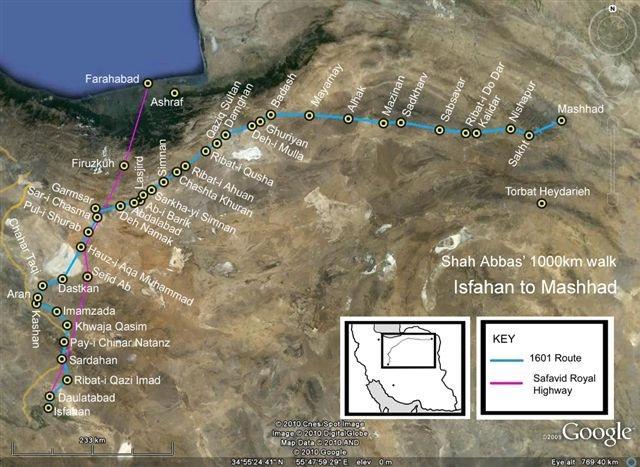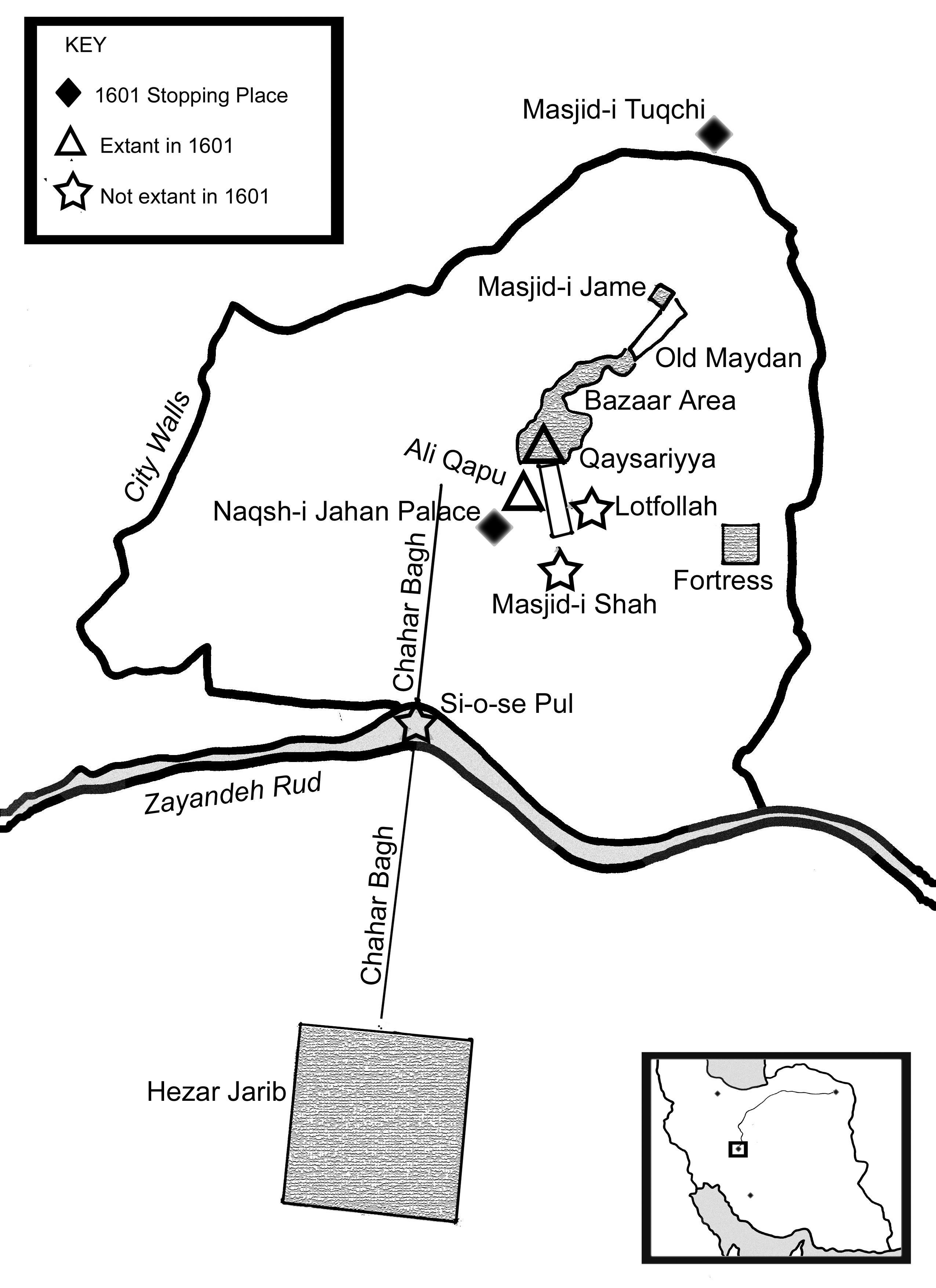Lament for Abul Qasim: a Bakhtiari poem
The mother of Abul Qasim composed this poem after his death, and made him famous among all the Bakhtiari. The story was given by the reciter as follows: “Abul Qasim went to Shiraz. The daughter of his father’s brother was betrothed to him. He went to get a camel, so that he might celebrate his marriage …


